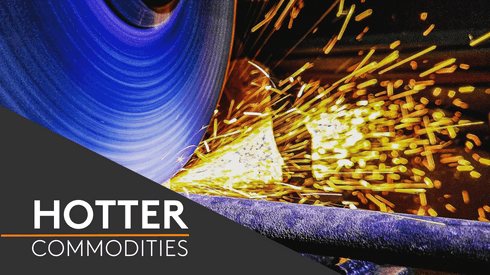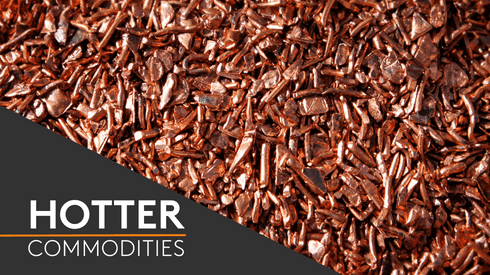The state-owned Chilean company has informed its major clients over the past two days that the reduction in copper output could total 200,000 tonnes next year, two sources with direct knowledge of the matter told Fastmarkets on Tuesday, November 22.
For years, China has been the world’s biggest importer of refined copper, with many traders and fabricators procuring the red metal from Codelco. Copper trade flows between China and Chile were also the largest in the sector, with Chilean exports of copper to China reaching a total value of $8.13 billion in 2021, according to official statistics.
“We have been told [by Codelco] to expect that it may even be unable able to deliver copper cathodes under multi-year evergreen contracts,” one major client of the company told Fastmarkets on Tuesday.
Codelco’s Chuquicamata smelter was originally scheduled to stop operations for a four-month maintenance break on November 15, but this work has not been carried out so far. The smelter, now overdue for maintenance, is still running but at a limited capacity, one source said.
Codelco has yet to find a viable alternative to make up for the loss in copper output, the same source added. The volume of copper output to be lost next year would be 200,000 tonnes, several key clients have told Fastmarkets.
Codelco has made a 2023 premium offer of $140 per tonne to the Chinese copper market, up by 33% from a year ago. That is higher than the spot-market level, with Fastmarkets assessing the copper grade A cathode ER premium, cif Shanghai, at $80-92 per tonne on November 22.
That compared with an 80% year-on-year increase in its European offer, which was in the mid-$230s per tonne.
In 2021, Chuquicamata produced 319,280 tonnes of copper and 265,842kg of silver, among other by-products.





